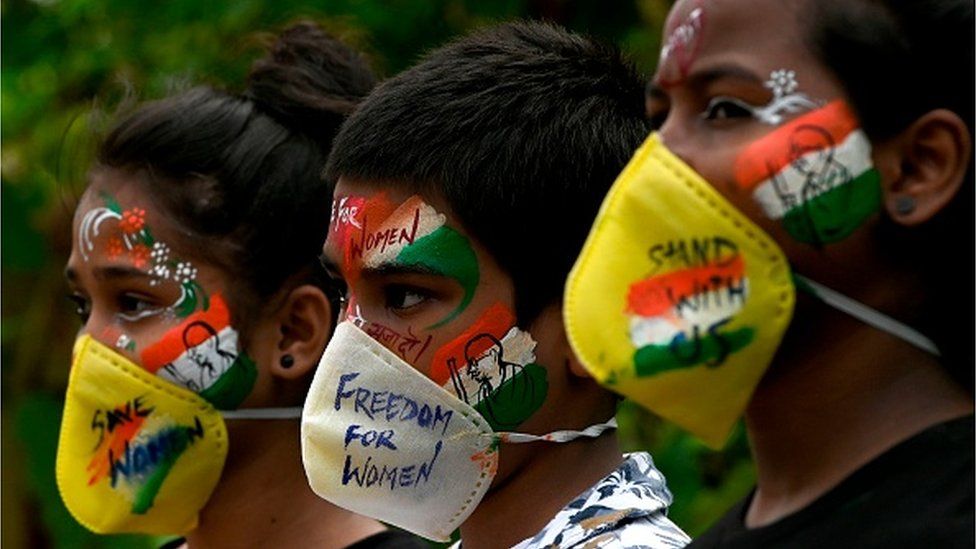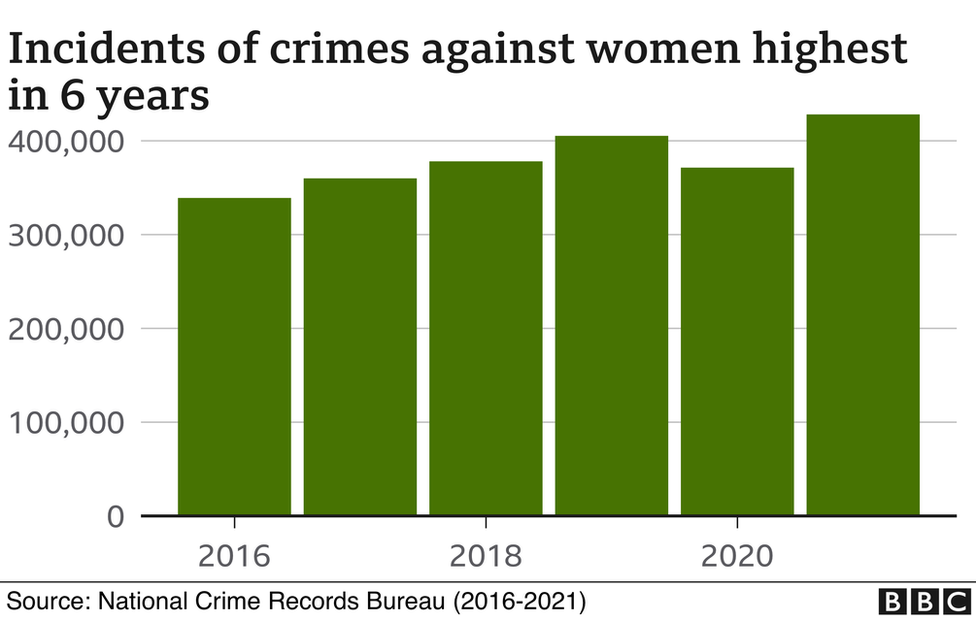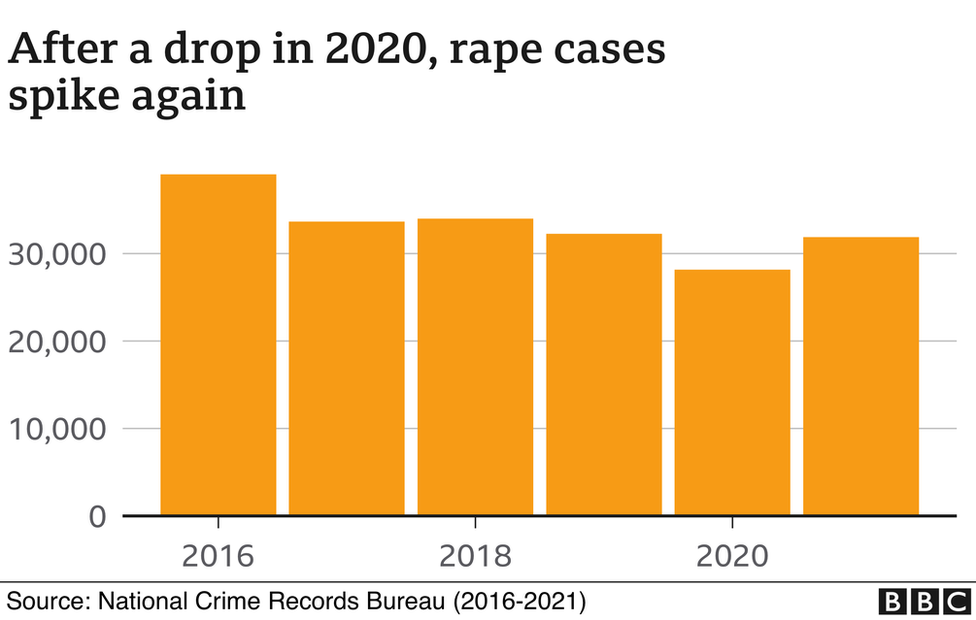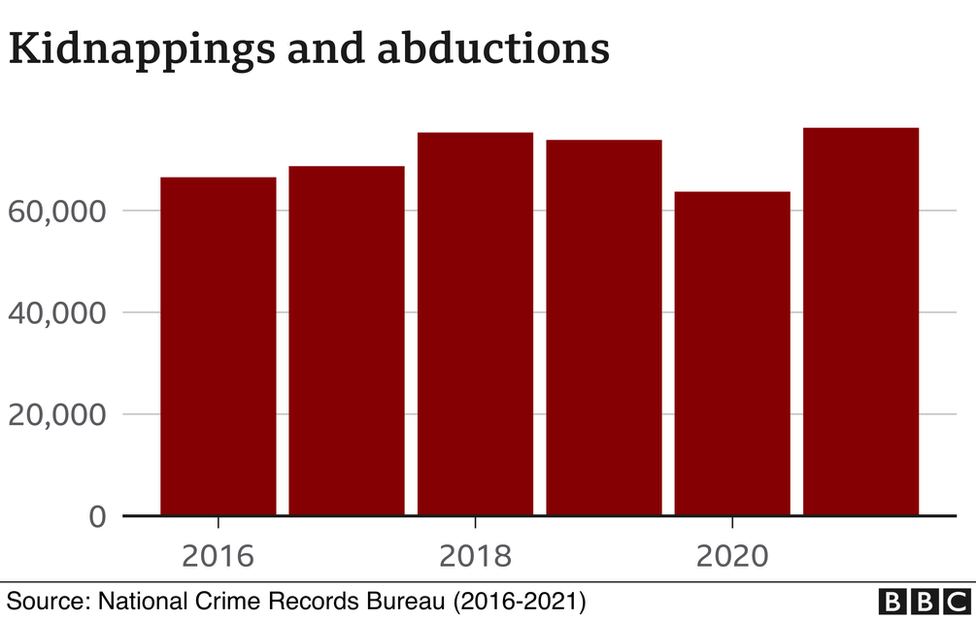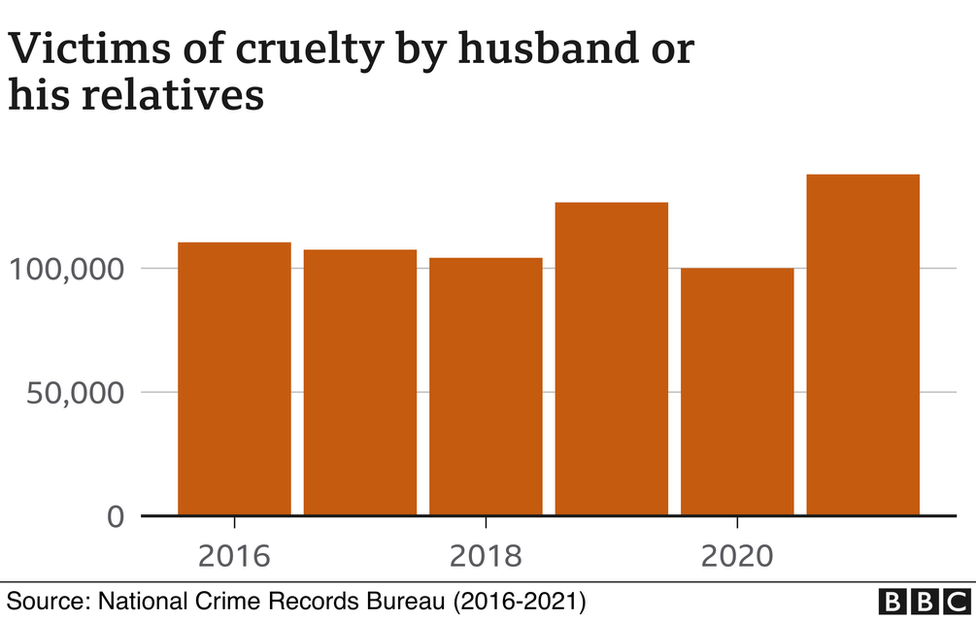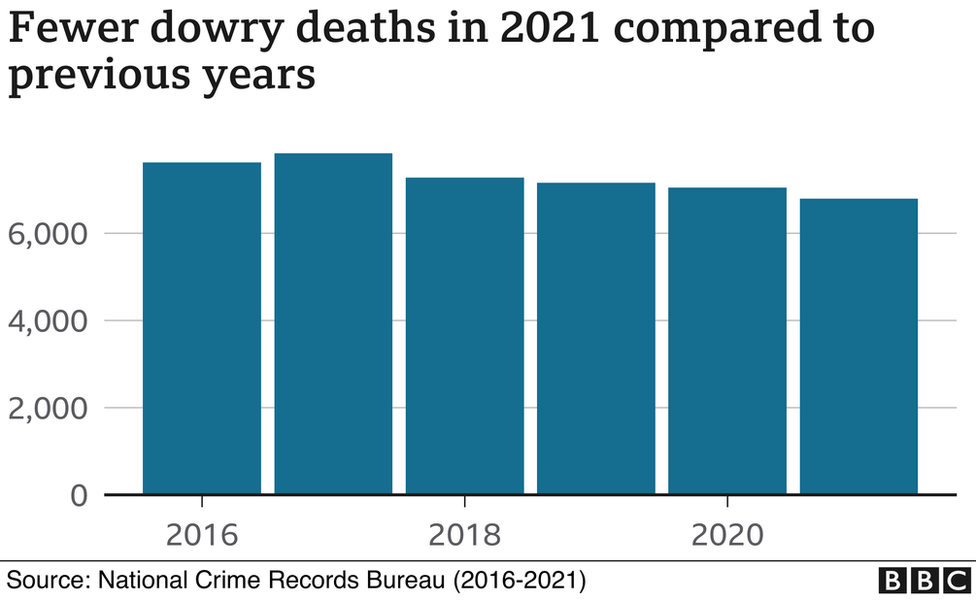Triple talaq: India Muslim women in limbo after instant divorce ruling
By Neyaz Farooquee
BBC World Service, New Delhi
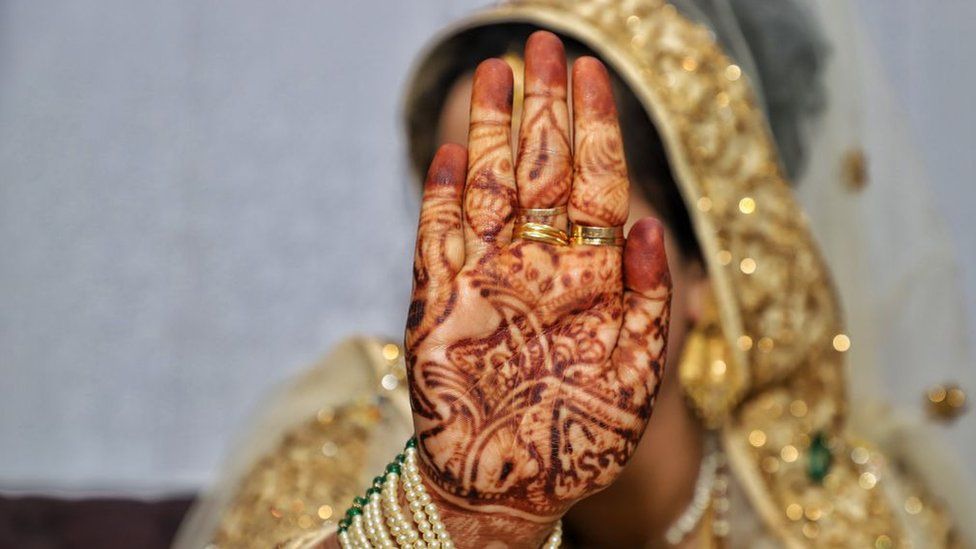 GETTY IMAGES
GETTY IMAGESIn 2017, India's Supreme Court outlawed the Islamic practice of "triple talaq" which allowed a Muslim man to divorce his wife in minutes just by saying "talaq" (divorce) three times. While the court's decision was celebrated by women's rights activists at the time, five years on, many Muslim women say that the ruling has left them in a limbo.
Afreen Rehman was elated by the Supreme Court judgement as it made the unilateral, instantaneous divorce given by her husband a few months earlier legally invalid.
But contrary to expectations, things didn't change much for her because her husband declined to take her back.
Five years later, Ms Rehman, one of the five women petitioners in the case, is unsure if she is still married or a divorcee.
This is also the story of three other women petitioners in the case. They are still "divorced" as they haven't been taken back by their husbands yet.
Zakia Soman, co-founder of the Bharatiya Muslim Mahila Andolan, a rights group that was also one of the petitioners in the case, says that the August 2017 judgment, and the subsequent law in 2019 that criminalised the practice, has had mixed outcomes for Muslim women.
"Their husbands are happily remarried and have children, whereas these women continue [to live] alone," Ms Soman says.
Before the Supreme Court ruling, India was among a handful of countries that allowed triple talaq. The campaign by Muslim women and activists for outlawing the practice was championed by India's Bharatiya Janata Party (BJP) government, led by Prime Minister Narendra Modi.
Subsequently, the lead petitioner in the case, Shayara Bano, was made the vice-chairperson of a women's rights group in the northern state of Uttarakhand, which is governed by the BJP. Ishrat Jahan, another of the petitioners, has also joined the BJP.

But some of the other petitioners are struggling - Ms Rehman has not been able to find a stable job in all these years and Atiya Sabri has won a partial battle for alimony but is constrained to stay with her parents.
However, observers say that the top court judgment and the law that criminalised the practice seem to have brought about a change at the social level.
"This has brought awareness in the community that instant triple talaq is not the law of God and our volunteers in different states are reporting that cases are now fewer in numbers," says Ms Soman.
But at the same time, cases of men abandoning their wives appear to have gone up. According to the law, erring husbands are liable to serve up to three years in prison but a lack of awareness is causing many Muslim men to desert their wives, with little accountability.
Jameela Nishat, who runs Shaheen Women's Resource and Welfare Association in the southern city of Hyderabad, sent her volunteers to study matrimonial cases in 20 slums of the city after the law's introduction.
"They found that out of 2,106 households surveyed, 683 had women who had been deserted by their husbands," she says. "We used to get two-three cases of desertions earlier, but with the introduction of the law, the cases suddenly went up," Ms Nishat says.
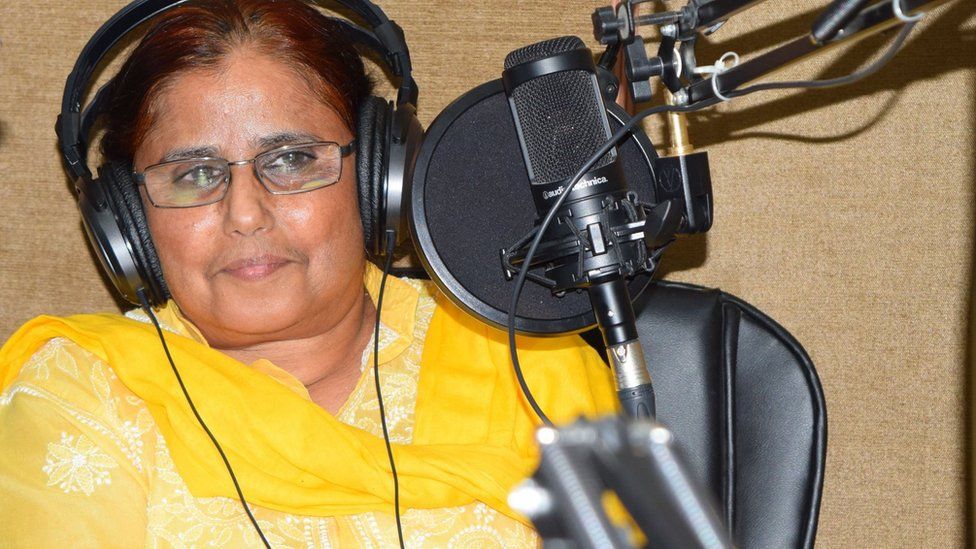
Uzma Naheed, a former member of the All India Muslim Personal Law Board, the organisation that opposed the ban on instant triple talaq in court, has observed a similar trend in Mumbai.
"It's happening because men want to avoid giving maintenance to women," Ms Naheed says. "This is very painful. The law has not helped."
Observers say there has also been a noticeable rise in the number of women seeking "khula" - a form of divorce initiated by women. Since "khula" is granted on the woman's request, the man cannot be held responsible for seeking an instant divorce.
"We try our best to resolve the matter by organising a dialogue between the parties and most of the cases are resolved amicably," says Ansar Alam Qasmi, the head priest at Imarat-e-Sharia, a socio-religious organisation which has its presence in the eastern states of Bihar, Jharkhand and Orissa. "But, yes, reports from our centres suggest that instances of women seeking divorce have indeed gone up."
Though there is no cross-country consolidated data showing break-ups of instant triple talaq and khula available, The Hindu newspaper found that many Darul Qazas - Islamic arbitration centres - have seen a significant increase in the number of women seeking khula in recent months.
It signals a better awareness and a determined pushback from Muslim women, but the practice is also often exploited by men.
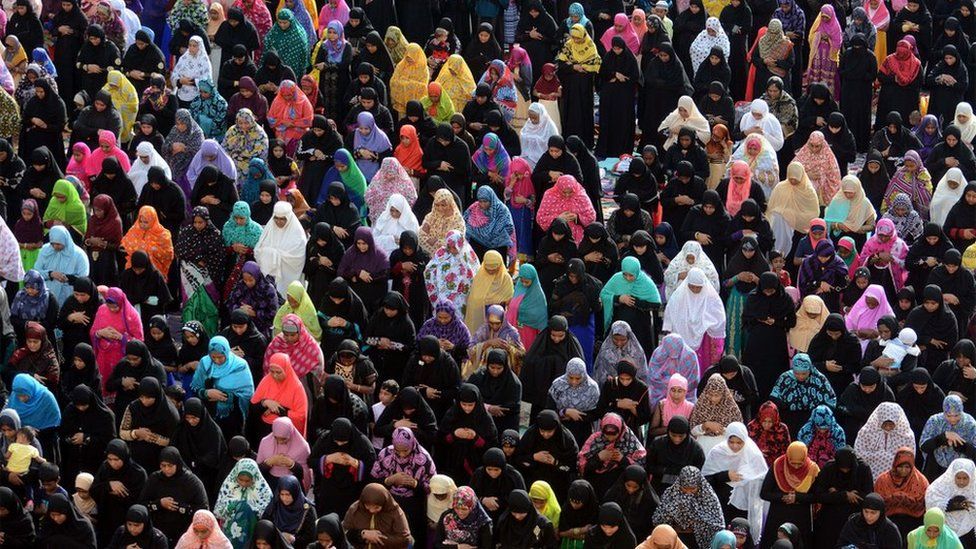 AFP
AFPKhalida Begum (name changed to protect her privacy) from Telangana state learnt it the hard way. She got married in October 2021 but violence at the hands of her in-laws made her seek divorce. The husband declined, and asked her to seek khula instead - which meant she had to forego claims of alimony.
She agreed but put forth a condition: he must admit in writing that the reason for khula was the violence he and his family had perpetrated on her. Predictably, he refused. As a way out of the stalemate, Khalida's mother suggested that she drop the condition, but she refused.
"Why should I take the blame for what he has done? He comes out clean but, despite tolerating everything, I seem to be the bad one," Khalida told the BBC. Her struggle continues for now.
Ms Rehman is trying to remarry, but has had no luck. "Her case has been highlighted so much that people are now afraid of Afreen," says Naseem Akhtar, a Jaipur-based women's rights activist, who helped Ms Rehman take her case to the Supreme Court.
"The day the verdict came out, Afreen was on every TV channel. Her non-Muslim boss fired her when he got to know about the case, saying 'you are such a shrewd woman that you went all the way to the Supreme Court against your husband. What if you file a case against us?'" says Ms Akhtar.
Her family is supportive, but the thought of remarrying now scares her, says Ms Rehman. "My life has not changed. I am already a villain."
"But it must change for future generations," she adds.
